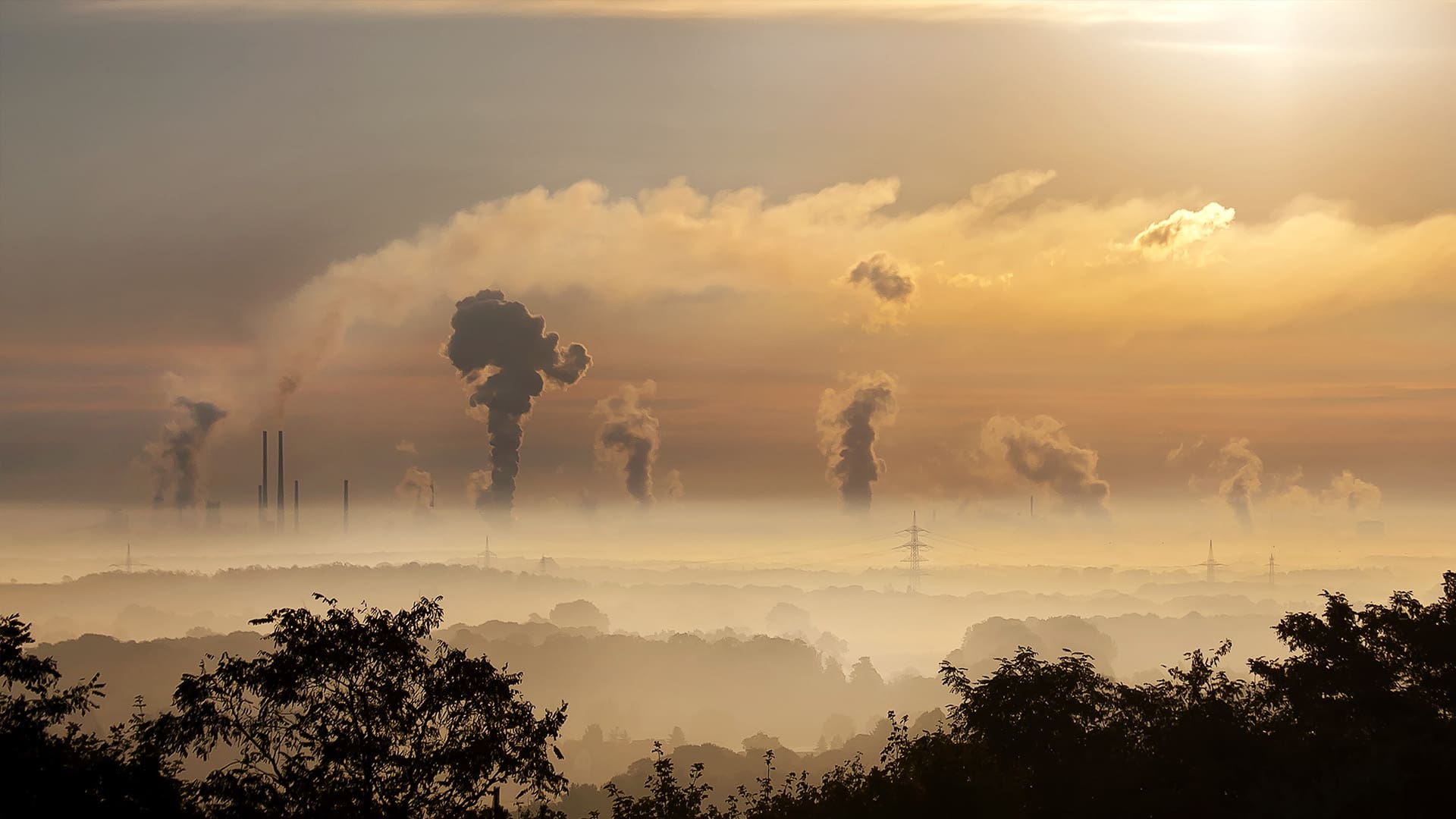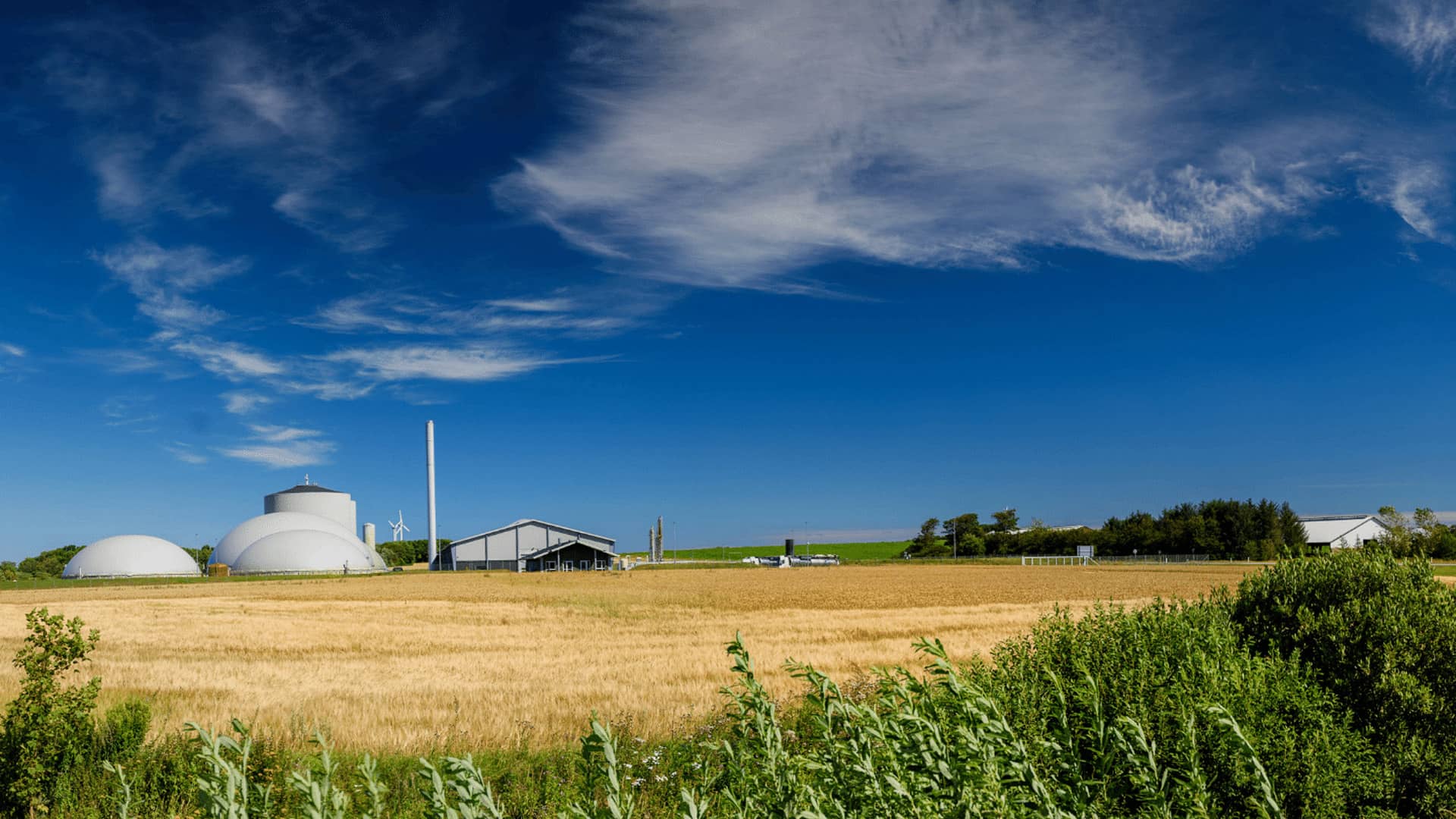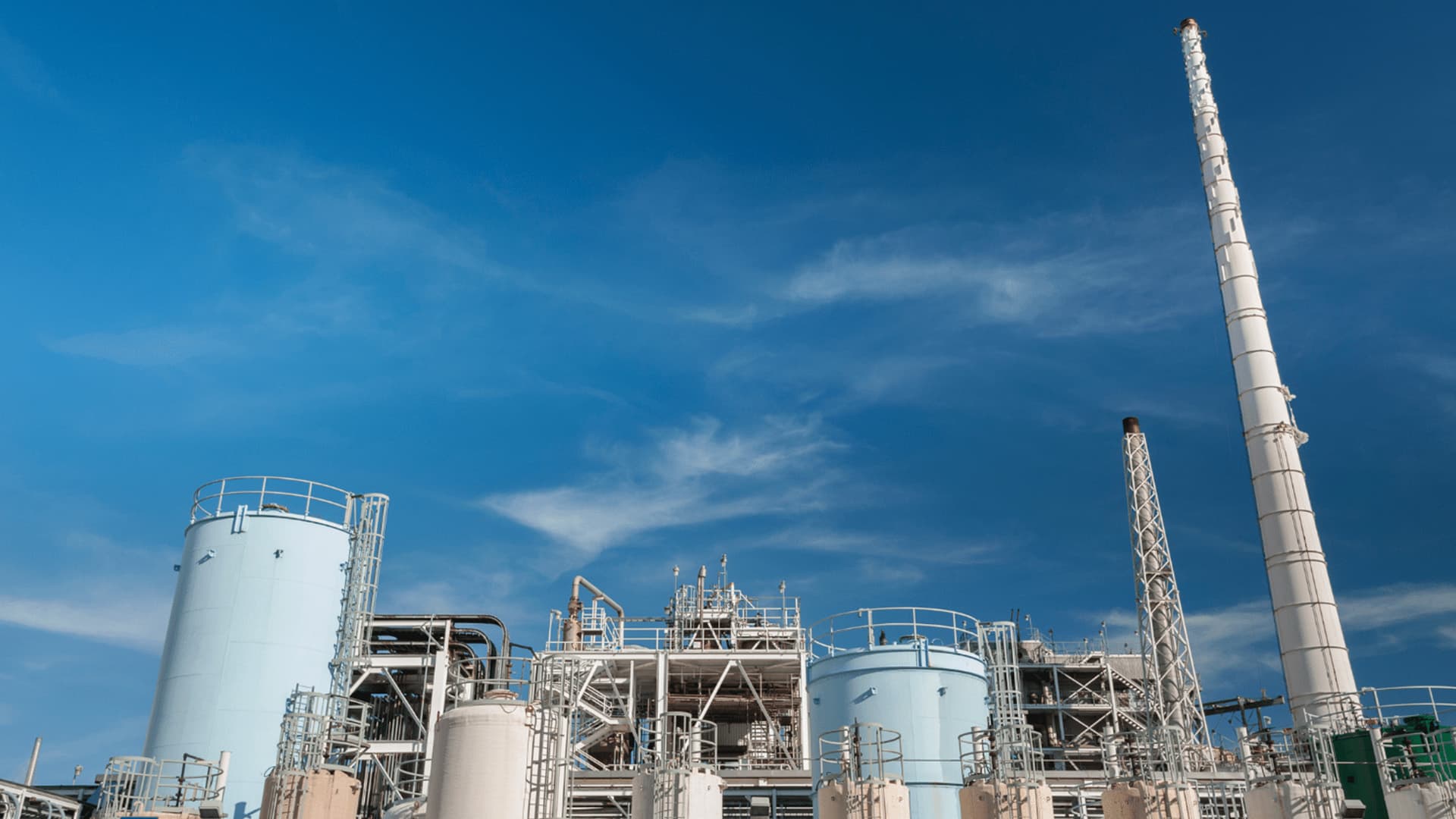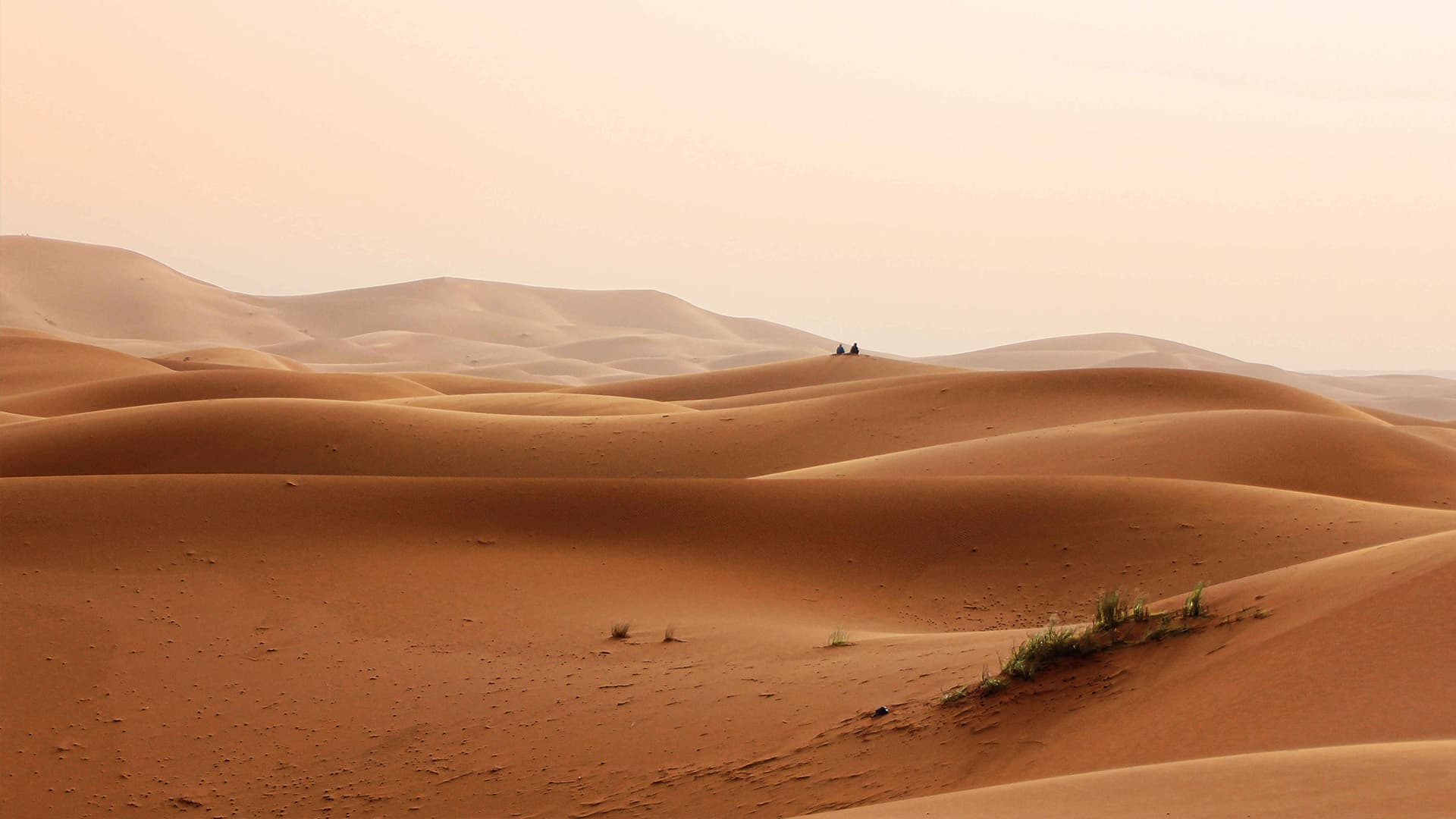CO₂ CAPTURE
We pioneer one of the world’s first industrial, high-performance CO₂-capture Metal-Organic Frameworks (MOFs), enabling technology providers to build compact and sustainable systems for industrial emitters.
WHY US
VALUE-FOCUSED
HIGH-QUALITY
EXPERTISE
SCALABLE
INNOVATIVE
Network
TESTIMONIALS
I had the opportunity to work with novoMOF AG on the scale up of one of our MOFs. Their production of a high-quality MOF at kilogram scale,…
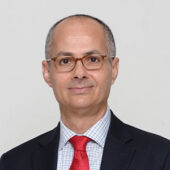
Dr. Omar M. Yaghi.
– Professor of Chemistry, UC Berkeley | Nobel Prize Laureate
novoMOF is a reliable partner for any organization seeking to scale up their metal-organic frameworks. As the principal investigator of our Atmospheric …

David R. Moore, Ph.D.
– GE Research Executive Manager, Carbon Capture Technology Leader
In our syngas conversion development efforts at Dow we have been investigating MOFs as catalyst precursors. In order to evaluate and compare our internal …

Matthijs Ruitenbeek
– Senior R&D Manager The Dow Chemical Company
As the chief scientific officer, I am always scouting for new technology platforms to improve our products at Silent-Power AG. I’ve met novoMOF at a conference in …

Dr. Reto Holzner
– Chief Scientific Officer econimo DRIVE
Recent Posts
novoMOF Blog Blog about Metal-Organic Frameworks (MOFs), their application and related industries.
- After the Nobel: MOFs Enter the Age of Deploymenton November 5, 2025 at 12:45 pm
A few weeks ago, the Nobel Prize in Chemistry was awarded to Susumu Kitagawa, Richard Robson and Omar M. Yaghi for the development of Metal–Organic Frameworks (MOFs). For many, this may have been the first time they heard the term. For others, especially those of us who have been working with MOFs for years, it marked something deeper - a transition. After four decades of scientific exploration, MOFs have been recognised at the highest level. The question now is no longer what they are, but what we will do with them. From left to right: Daniel Steitz (Founder, novoMOF), Dr. Marco Ranocchiari (Co-Founder, novoMOF), and Professor Omar Yaghi (Nobel Prize Laureate), at the Paul Scherrer Institute in 2018. From Discovery to Deployment I first encountered MOFs more than a decade ago. I was not a chemist or an academic - I was someone driven by a simple question:Can these extraordinary materials solve real problems at scale? Over the years, I had the privilege to exchange with Professor Omar Yaghi and other pioneers in the field. What struck me was not only the elegance of the science, but the unfinished business. The science was mature. The challenge was not invention, it was implementation. This is why we foundednovoMOFin 2017, as a spin-off from the Paul Scherrer Institute in Switzerland. Our mission was clear: turn MOFs into industrial solutions, starting with the most urgent challenge:carbon capture. Professor Omar Yaghi (Nobel Prize Laureate) and Daniel Steitz (Founder, novoMOF) at the MOF Conference in Auckland, New Zealand, 2018. Why Carbon Capture First?
- Press Releaseon October 20, 2025 at 12:30 am
PRESS RELEASE - October 20, 2025 / Zofingen, Switzerland As MOFs Win Nobel Recognition, Swiss Firm novoMOF Leads the Path to CO₂ Capture The 2025 Nobel Prize in Chemistry has recognised the groundbreaking development of Metal–Organic Frameworks (MOFs) - materials with unprecedented potential to capture, store, and separate gases. For novoMOF, a Swiss company dedicated to industrialising this technology, the announcement marks a decisive moment: MOFs are no longer a scientific curiosity, but a real-world solution to climate challenges. “The Nobel recognition validates years of research that have brought MOFs to the forefront of materials science,” said Daniel Steitz, Founder and CEO of novoMOF AG. “Our mission is to fight climate change by making MOFs accessible and scalable for industries that need to capture CO₂.” Advancing MOFs from the Lab to Industry Founded in 2017 as a spin-off from the Paul Scherrer Institute (PSI), novoMOF develops and produces MOFs specifically for point-source CO₂ capture, enabling compact and cost-efficient systems for hard-to-abate sectors. Unlike many academic or early-stage initiatives, novoMOF is focused on material deployment at industrial scale. While MOFs have broad scientific potential from gas storage to water harvesting, novoMOF is currently concentrating on CO₂ separation and capture, where the need for scalable impact is most urgent. “This Nobel Prize represents more than scientific achievement - it signals the beginning of a deployment era. The question is no longer ‘if’ MOFs will be used in industry, but ‘how fast’,” added Steitz. Why MOFs Matter Today
- Capturing biogenic CO₂on September 8, 2025 at 3:21 pm
In the fight against climate change, much of the attention has been on reducing carbon emissions from fossil fuels. But other sources represent a significant opportunity such as the case of biogenic carbon dioxide. By capturing CO2 from biogenic sources such as biomass, fermentation, or waste treatment, the balance can result in negative emissions. In this blog we discuss the challenges of the implementation of carbon capture systems due to the decentralized nature of such sources and how biogenic CO2 capture can lead to a net-zero and even net-negative targets. Challenges in Capturing Biogenic CO₂ Unlike power plants and other industrial fossil fuels sources, many biogenic CO2 sources are geographically dispersed and operate at smaller scales. Biogenic carbon dioxide sources include breweries, biogas plants, and small-scale biomass power among others. Moreover, biogenic sources show variability in flow and composition. For instance, carbon dioxide from fermentation is highly pure, while biomass combustion gases contain carbon dioxide diluted with nitrogen, water vapor and other trace gases. Owing to the geographical and technical challenges for biogenic carbon capture the industrial implementation of capture systems represents an economic constraint. Another constraint is the logistics related to storing and transporting the captured CO2. Overcoming these challenges requires modular, cost-effective, and flexible technologies tailored to decentralized operations. Capture Technologies Amine scrubbing is the most established and commercially mature technology for carbon capture. This technology has displayed effectiveness for capturing CO2 from point sources like biomass combustion and can achieve high CO2 recovery rates. However, when applied to decentralized sources, amine technology faces significant drawbacks. Its regeneration process is energy-intensive requiring large amounts of steam or heat that are often not available in remote locations. Its high energy requirements increase operating costs and reduce their overall efficiency when applied at small scale. Additionally, amines produce by products due to their degradation over time, requiring special handling and disposal of hazardous materials, increasing the logistical challenge. MOF Technology


